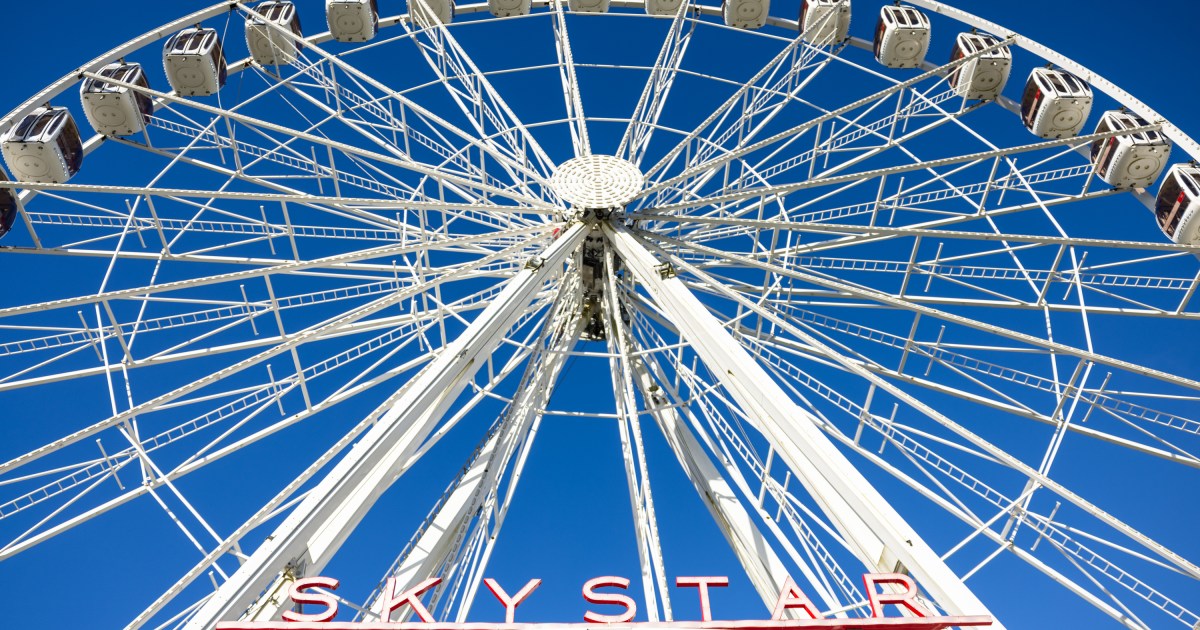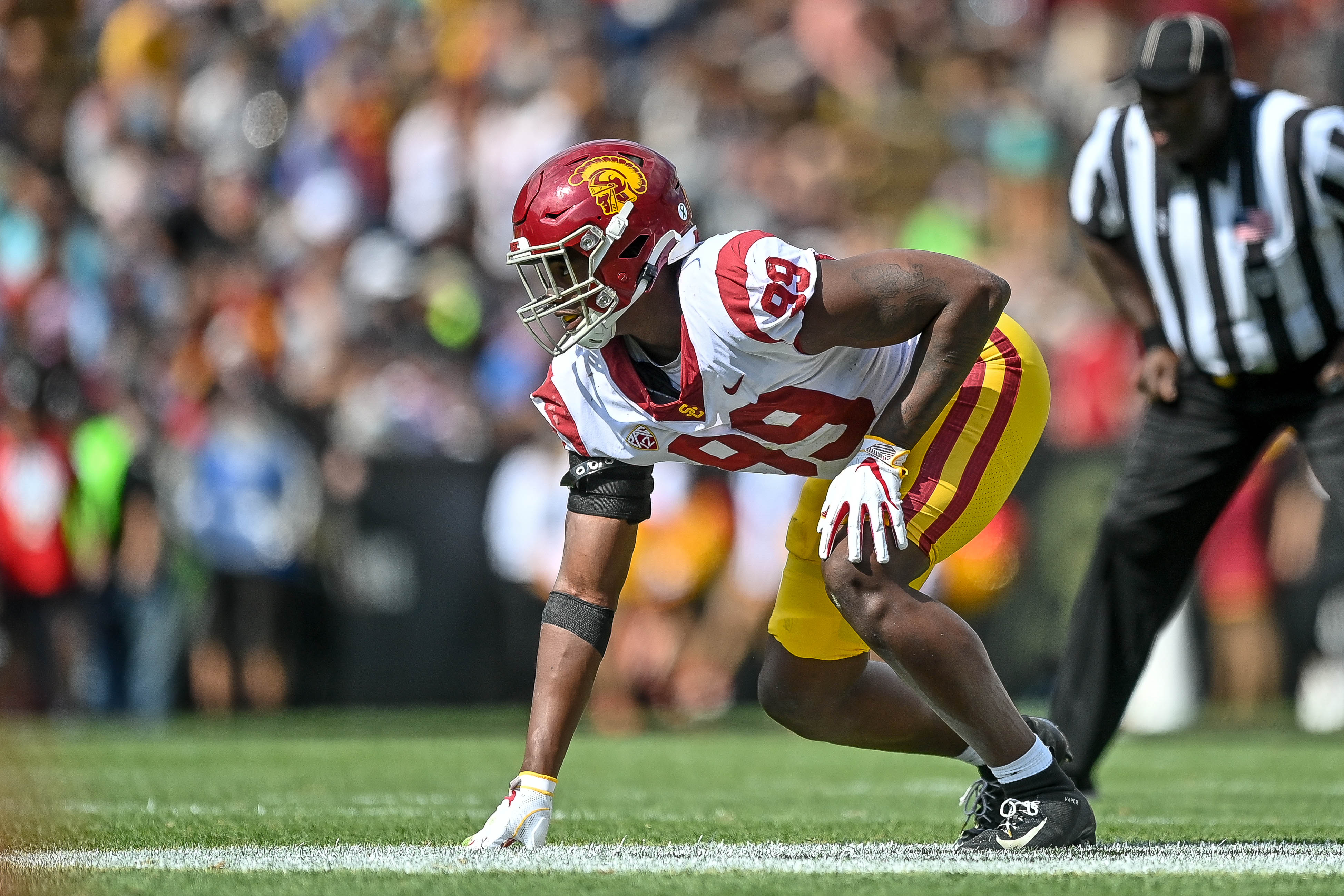Are Republicans making a comeback in San Francisco? In all probability not

In recent years, a certain narrative has emerged about San Francisco politics — that the famously liberal city is drifting to the right.
There’s some evidence to suggest that the electorate is also moving to the right. In 2022, city voters recalled progressive District Attorney Chesa Boudin, who sought to reduce incarceration, and, a few months later, voted to keep his replacement, moderate District Attorney Brooke Jenkins, in office for three more years.
These actions make it seem like the city’s moderate and conservative voices are gaining power and influence, and data on voter registration somewhat supports this notion. The Republican share of San Francisco voters has increased slightly in recent years, from 6.4% in February 2019 to almost 6.9% as of September 2023.
Yet the narrative should be viewed with caution. Despite this slight bump in registered Republicans, San Francisco is still dominated by Democrats, whose numbers have also increased in past years.
The growth in both parties comes at the loss of independent voters and registrants of other political parties, suggesting the rise in Republicans is less indicative of the city shifting to the right and more a result of increasing levels of partisanship and a nationalization of local politics, according to political experts.
As of September 2023, nearly two-thirds of San Franciscans were registered as Democrats and 29% were independents or voters registered with other parties. The remaining roughly 7% were registered Republicans.
Moreover, the 0.4 percentage-point growth in registered Republicans between 2019 and 2023 represents just 2,800 individuals in a city of more than 500,000 voters. The resulting 2023 share of about 7% is also lower than the 10% it constituted in 2010. Still, even a small increase is a cause for excitement for some Republicans.
“The stop in the slide is significant,” said San Francisco Republican Party Chairman John Dennis. “The fact that we’ve consistently grown over the last five years.”
The biggest change in party identification over the last decade happened between 2019 and 2020, when the share of independents and other party registrants fell by nearly 6 percentage points and was almost entirely captured in the growth among Democrats.
The rise in the Democratic share in 2020 represented Democratic opposition to Trump, said San Francisco State University political science Professor Jason McDaniel. More Democrats, he said, may have felt inclined to register and vote in 2020 compared with previous elections.
In California, no-party-preference voters can typically participate in Democratic primaries even without registering with the party, as long as they request a ballot. It’s possible some voters didn’t know that and registered as Democrats to vote in the 2020 primary, said political researcher Ruth Bernstein from EMC Research. That would explain a similar, but less extreme, jump in Democratic registration between 2015 and 2016.
But unlike what followed after 2016 — a gradual decline in the Democratic share — the Democratic numbers post-2020 remained high and coincided with increases in Republican registration as well.
McDaniel attributes this to increased polarization and a growing inability to remain independent. “Partisanship gets at all aspects of our lives,” said McDaniel. “Being independent of politics is less possible these days.”
More coverage: Looking ahead to the 2024 election
The small, but notable, change in registered Republican voters varied across supervisorial districts. The Republican share in District 11, which includes the Excelsior, Ingleside and Outer Mission, grew from 5.5% in 2019 to 7.8% in September 2023 — an increase of 2.3 points, the largest among the 11 districts.
District 2, which includes the Marina and Pacific Heights, was once the most Republican district in the city by a large margin. But over the past decade, the Republican share has fallen steadily. It still has the largest share of Republican voters, but just barely. District 4, the Outer Sunset district, is close to overtaking District 2 as its Republican numbers have increased by 1.7 points since 2019.
District 11, which had the largest Republican increase, is among the six odd-numbered districts that have supervisor races next year. With District 11 supervisor Ahsha Safaí running for mayor in 2024, two candidates are currently running for the seat.
District-level changes in party registration may be affected by redistricting, a once-in-a-decade event when the city redraws district lines to balance the city population. During the last cycle, entire neighborhoods moved districts, which may have significantly impacted the makeup of voters. For example, District 5 lost the progressive Inner Sunset and added the more moderate Tenderloin.
Still, the changes in Districts 2 and 11 seem to reflect the national reconfiguration of the Republican Party post-2020, when Trump captured more blue-collar voters and wealthier people went more for Democrats. District 2, where Democrats made the largest gains since 2019, has relatively high household incomes and high education levels among its residents, while District 11, where the Republican share increased most, includes residents who are typically less educated and less affluent.
“We’re seeing a microcosm of that in San Francisco,” said the GOP’s Dennis. “Folks living in the less expensive neighborhoods (like District 11) are not as likely to fall for the propaganda from the New York Times and CNN, and they saw how the economy looked during Trump.”
The GOP believes the city’s rising Republican share is a result of existing voters, exasperated by Democratic leaders’ inability to solve city issues, switching over, according to Dennis.
However, it’s unclear whether the registration changes are a result of voters switching parties or residents moving in and out of the city. It could also be from people dying or younger people reaching voting age.
An issue for Republicans is that even in a place like District 11 where the GOP made inroads, Democrats actually gained more registered voters in absolute terms; it’s only on a relative basis that Republicans grew faster. In fact, there was no supervisorial district in which Democrats didn’t gain more voters than Republicans since 2019.
The recent changes in registration are unlikely to significantly impact election outcomes, according to political experts.
“I doubt it’s enough to swing a race,” said McDaniel. “If we were talking about changes like this in a more purple area, then, yes, these margins might matter. But I don’t think they will have much of an effect in San Francisco.”
Reach Nami Sumida: nami.sumida@sfchronicle.com





